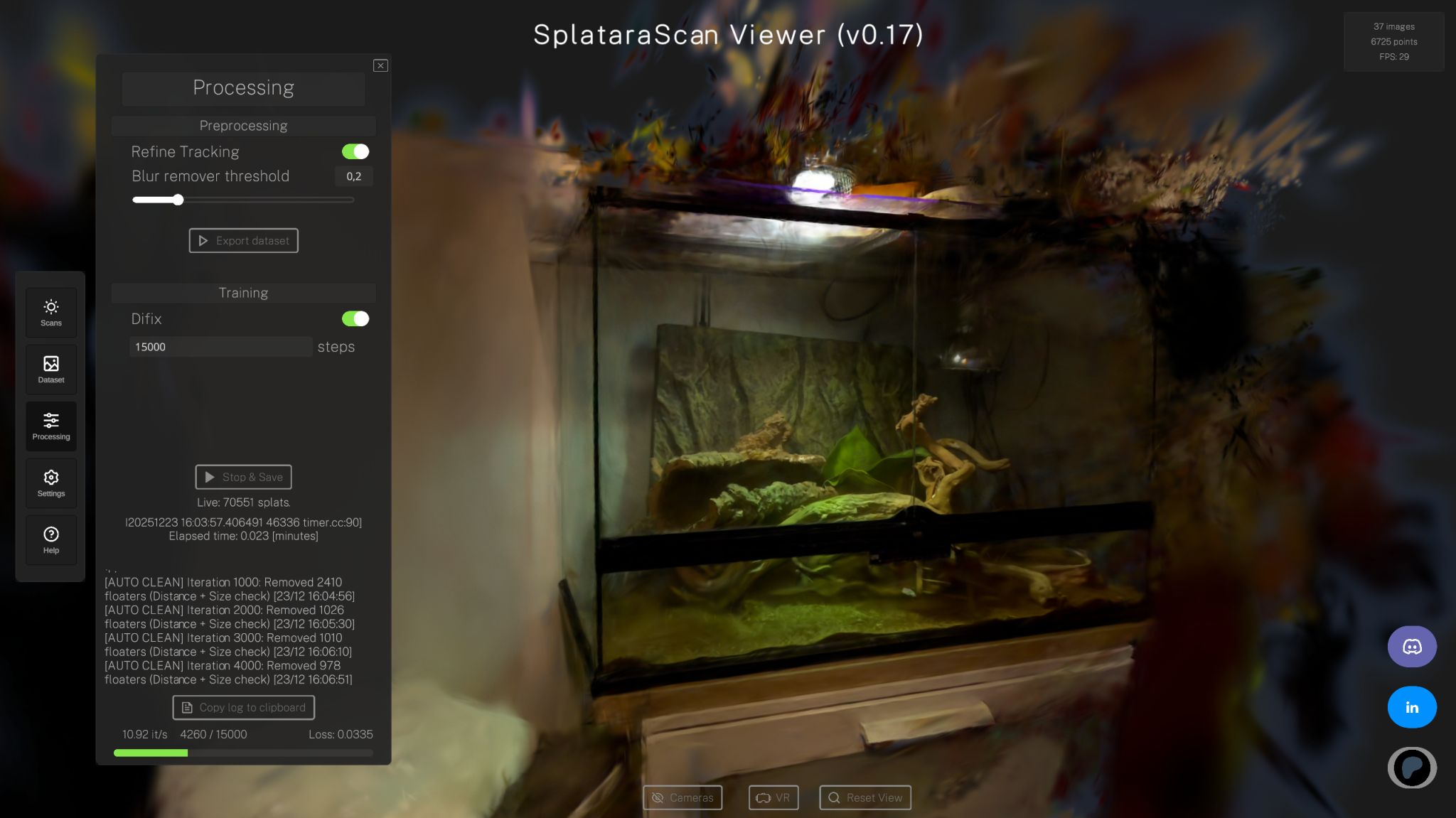
Michael Rubloff
Apr 9, 2025
Spatial computing company XGRIDS has officially released Lixel CyberColor Studio v1.7.0 (LCC), marking the commercial debut of what it describes as the first SLAM-based Gaussian Splatting software suite optimized for enterprise use. After months of beta testing across architecture, robotics, gaming, and heritage preservation sectors, LCC Studio is now available globally in two editions, with features designed for rapid 3D environment capture, editing, and visualization.
LCC combines the Radiance Field method, 3D Gaussian Splatting with XGRIDS' proprietary Multi-SLAM technology. It's an approach that fuses LiDAR and RGB data to create high-fidelity, photorealistic digital twins. The company says the latest version can automatically turn 10 minutes of spatial scanning into a complete 3D model in under two hours, while producing significantly smaller files, roughly 12% the size of equivalent datasets generated through traditional pipelines. Having used XGRIDS scanners, you can cover a massive area in ten minutes.
"With LCC Studio, we're democratizing access to advanced spatial computing tools that were previously limited to specialized technical teams," said Kaiyong Zhao, CEO of XGRIDS.
Tools for a Growing Range of Use Cases
As adoption of real-time 3D and digital twins continues to expand, XGRIDS is positioning LCC as a versatile solution, releasing pre-configured modules for eight verticals:
Architecture & Construction (as-built documentation and site measurement)
Real Estate (virtual property walkthroughs)
Industrial Digitization (digital twins for process optimization)
Facility Inspection (for compliance and maintenance planning)
Robotics & Embodied AI (navigation and spatial awareness)
Cultural Heritage (high-fidelity preservation and remote access)
Entertainment & Gaming (environment asset generation)
Education (interactive, spatially rich learning environments)
LCC Studio is available in Basic and Premium versions. The Premium tier adds some exciting new features such as a Revit integration, aerial-ground map fusion, developer SDKs, and tools for spatial recognition and analysis. These are features that are particularly relevant for users looking to integrate LCC with existing BIM workflows or enterprise applications. For me, I am most excited about the new map fusion, which allows users to add supplementary data types, like a drone or mirrorless camera.
Technical Upgrades in v1.7.0
Key improvements in this release include:
Pro Measurements: A new feature allowing centimeter measurements within 3D environments.
Advanced Map Fusion: The ability to combine drone based aerial scans with ground-level data, resulting in continuous top to bottom spatial models.
Cloud Publishing: One click publishing with custom URLs and access controls, simplifying review and collaboration workflows.
Developer Platform: Expanded documentation, code examples, and SDKs aimed at easing enterprise adoption and integration.
System requirements remain accessible for most professionals working in 3D: the platform runs on Windows 10/11 with recommended specs including an Intel i7 8700K CPU, NVIDIA RTX 3070 GPU, and at least 64GB of RAM.
"Our pricing structure enables both small studios and large enterprises to scale their use of LCC based on what they actually need," said Sunny Liao, Director of Global Sales at XGRIDS.
This release arrives at a time when demand for efficient 3D modeling tools is rapidly increasing driven in large part by 3D Gaussian Splatting and other Radiance Field representations. As industries push into real time visualization, simulation, and XR applications, XGRIDS’ integration of SLAM with 3D Gaussian Splatting is helping to move the technology further into mainstream professional use.
With the launch of LCC Studio 1.7, XGRIDS is attempting to shape the early standards of commercial Gaussian Splatting workflows. Whether this approach gains wide adoption will likely depend on how seamlessly it integrates into the existing toolchains of industries already familiar with point clouds, mesh-based modeling, and photogrammetry.
Lixel CyberColor Studio v1.7.0 is available now through XGRIDS' website. For enterprise inquiries, please reach out to me.







